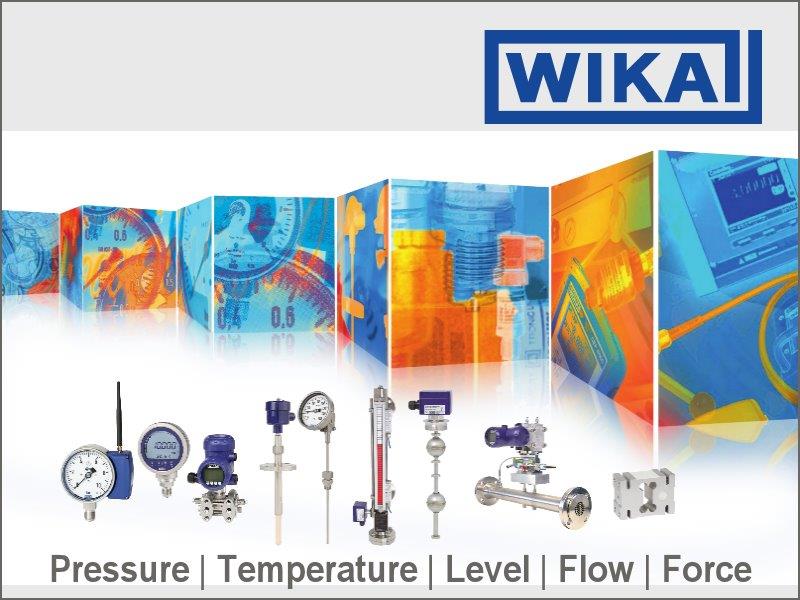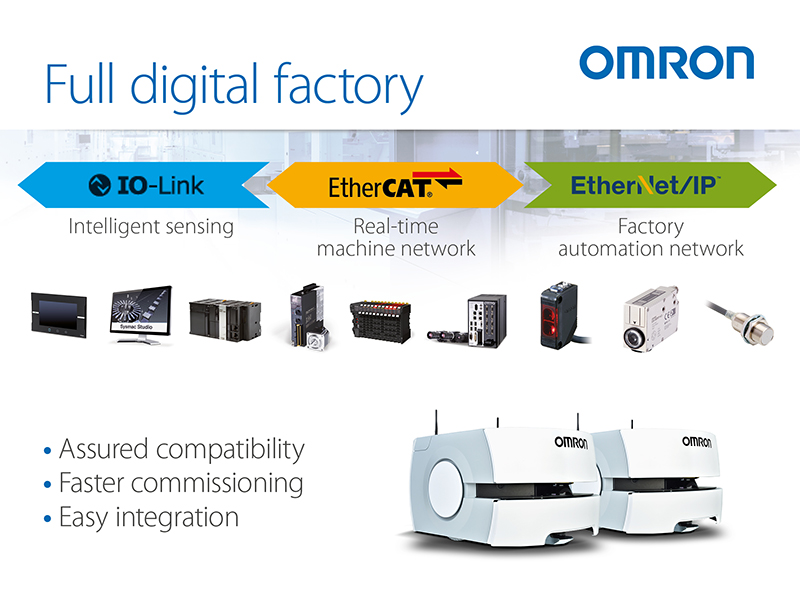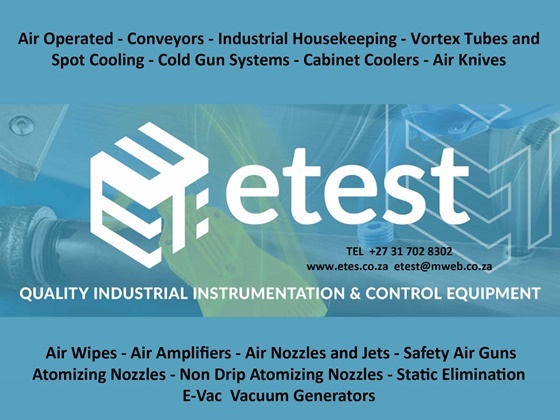Adroit Technologies and Mitsubishi Electric produce a complete and scalable offering for the industrial sector, with solutions at various levels, designed to satisfy different customer needs and to permit the development of customised systems for specific applications.
The Robot Revolution
Forecasts indicate that the transportation equipment, computers and electronics, electrical equipment, and machinery industries are expected to account for around 75 percent of advanced robotics installations through 2025.
According to a study conducted by The Boston Consulting Group, lower costs and increased ease of use will spur significant growth in industrial robotics over the next decade. By then, robots should be able to handle 30% to 40% of automatable tasks in these industries.
Robotics growth in these applications encompasses end of line picking and palletizing, conveyor load/unload operations and warehouse management functions. As robots are becoming more agile and intelligent, workers are safer and production lines more consistent in their quality and efficiency.
While robots are frequently added to end of line operations after the installation of core production, they are now becoming part of an integrated mechatronic offering from advanced OEMs using highly integrated electrical and mechanical systems to improve competitive performance, gain energy savings, and reduce mechanical footprints.
Robotics Across Industries
E-Commerce demands in the consumer-packaged goods industries are driving increasing complexity in packaging and logistics both in design and in production. Manufacturers are in a constant struggle to innovate operationally to accommodate multiple sizes of packages, reduce labour costs and run efficiently for shorter production runs.
Users are now finding ways to consolidate IT and operating (OT) personnel to collaborate with machine builders on smart machines capable of high-speed performance, reduced footprints, and improved information transparency. OEMs are now incorporating enhanced automation and robotic offerings to deliver faster systems in smaller footprints capable of self-diagnostics and remote monitoring while issuing reports and alarms on demand.
The shifting demands of consumers for immediate delivery, the need for retailers to optimize shelf space and shipping options have created a need for higher responsiveness in all aspects of your machinery.
To meet these demands, robot suppliers have incorporated easier programming and teaching tools, predictive maintenance diagnostics and alarms – presented in real time to operators – and lowered costs. Timing of all these options and technology advancements has created opportunities for OEMs to expand their capabilities while keeping machine costs and design complexity reasonable.
The Case for Integrated Robotics
The need to reduce demand fulfilment variability from labour fluctuations and improve demand response to higher variability in shipping options is prompting highly integrated information transfers as well as tightly controlled machine behaviour.
Direct communications between controllers and logistics or warehouse systems are vital to ongoing optimization efforts. Similarly, robot integration improves system speed and coordination, minimizing operator intervention and learning requirements.
Machine or robot maintenance needs are reported immediately and scheduled into appropriate downtime before any production is lost. This ensures parts and service are available at the right times and fulfilment is maintained as long as possible.
Along with robot reporting and alarming, robot behaviour logs and status during production and fulfilment are monitored and saved to the HMI, providing immediate analysis on the operator screens when necessary.
The same HMI device is used by operators to run production, and by maintenance personnel for troubleshooting or status reporting of the machine. OEMs can design specific screens for both parties so that sensitive data can be managed at the machine or uploaded/ offloaded to a memory card.
With appropriate authorization, the robot can be reprogrammed and re-taught for specific product runs or reconfigured storage patterns on the same device. Likewise, it is common for e-commerce installations with multiple robots and integrated machines such as AGVs or ASRS to connect fleet information to a cloud – either private or public, for larger scale behaviour monitoring and anomaly detection.
OEMs with dispersed fleets of complex machines are finding this enhances their business model by providing predictive behaviours and maintenance requirements while fulfilling demand just in time with no lost production, safer workers, and less damaged freight.
Robotic Advancements in Accuracy and Handling Become Compelling
New robot innovations have increased options for end of arm tooling providing grippers, pinchers, magnets, vacuums, and suction devices as well as integrated vision systems. The ability to tightly integrate vision systems at end of arm, along with various end of arm options; creates flexibility for package placements, lower maintenance and integration costs, and less mechanical interference and complexity.
As robotic technology improves and integrates more completely with overall control systems, both electrically and mechanically, pricing improves, and programming becomes easier – making design, operation, and maintenance more affordable.
As robots become more adaptable and are integrated into the heart of machines in the packaging, material handling, food and beverage, and other industries, users can expect improvements in labour and maintenance costs, higher speeds, improved accuracies, and tighter mechanical integration for smaller footprints.
Relationally challenged designs particularly those involving multiple robots, require cooperative control and interference avoidance through integration with the automation system. Utilizing common programming tools and time synchronization, automation systems can now tightly integrate robot behaviours to optimize throughput.
Increasingly, robots will be collaborative, incorporating advanced sensors and safety capabilities to run intelligently near humans. As robot technology advances, automation system integration will become more vital as entire lines and warehouses may be operating with robots and humans’ side by side requiring the intelligence to slow or stop based on human behaviour as well as production requirements.
Mitsubishi Electric is leading the way in advancing these technologies to ensure optimized production, human safety, and lowest cost of ownership for users while creating differentiated offerings for OEM premiums.
The OEM Opportunity
OEMs are now recognizing the need to integrate robotics mechanically and electrically into their machines, providing for shorter changeovers, improved sortation speed and accuracy, lower labour costs, and optimal Overall Equipment Effectiveness (OEE).
Demand management can now include robot configuration to account for variable package sizes, mixes of products and increased fill rates. Furthermore, robots are approved for direct contact with food products providing for safer packaging and shipping options for many food producers, refrigerated warehouse operations while providing safer environments for their human co-workers.
This coincides with the need to integrate more completely with the mechatronics and electrical controls on other parts of the machine or further upstream.
Integration of robotic control with PLCs allows for more precise and accurate control of sorting, picking, and placing while running at full speed and changing product mix on the fly. No need to separately program and operate the robotic system from separate screens, operating systems, and controls.
Operators can control the operation from a single interface, and maintenance can program any changes, troubleshoot problems, and lock out the robot from a single software toolkit.
Integrating into a common hardware platform eliminates the need for complex software handoffs and integration costs associated with tying together separate programming systems. Timing and accuracy are improved as controller-to-robot cycle times and communication speeds decrease.
Common programming and simulation tools also lower training and development costs. And just as important, licensing costs and single point accountability lowers risk during deployment and throughout the service life of the machine while providing the features and upgrades for future business model enhancements.
OEMs with an eye to the future are adopting robotics aggressively, raising their value proposition and enhancing their revenue streams while providing accelerating performance for their customers.
Dave Wibberley
Adroit Technologies
Tel. +27 11 658 8100
info@adroit.co.za
www.adroit.co.za












